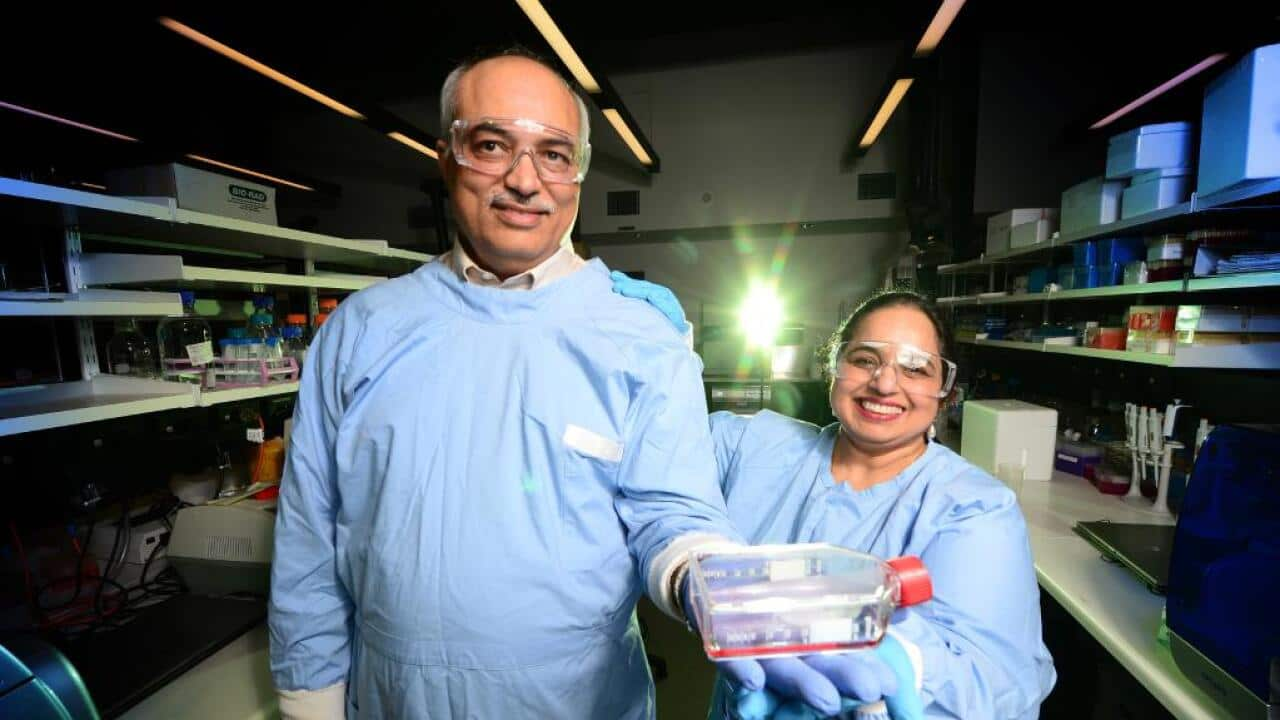A 17-year-old Indian-American high school student has found a cheaper and easier method to turn salt water into drinkable fresh water.
Chaitanya Karamchedu’s experiment that began in his school lab now has big technology companies invested in it.
A student of Jesuit High School, Portland, Chaitanya that he began his experiment to find a solution to the lack of clean drinking water in many countries of the world.
“One in eight people do not have access to clean water, it’s a crying issue that needs to be addressed,” he said.
Realising that the best source of water was the sea, he began working on isolating drinkable water from the ocean in a cost effective way, something that had confounded scientists for years.
By experimenting with a highly absorbent polymer, he found a way to remove salt from seawater and turn it into fresh water.
“It’s not bonding with water molecules, it’s bonding to the salt,” said Karamchedu.
Creative thinking
His teachers at the school credit his discovery to his novel approach to the problem.
“People have been looking at the problem from one viewpoint, how do we break those bonds between salt and the water? Chai came in and thought about it from a completely different angle,” said Jesuit High School Biology Teacher Dr Lara Shamieh.
“People were concentrated on that 10 percent of water that’s bonded to the salt in the sea and no one looked at the 90 percent that was free. Chai just looked at it and said if 10 per cent is bonded and 90 per cent is free, then why are we so focused on this 10 percent, let’s ignore it and focus on the 90,” Shamieh said.
Scientists and tech companies in the US are taking note of the Chaitanya’s achievement. The US Agency for International Global Development awarded him $10,000 at Intel’s International Science Fair and he has won more money at a Tech conference at MIT to continue his research.



